Modifying Your Scooter or Motorcycle
(UPDATED 4/22/2024)
The Truth About Scooter Mods, Hot Rod Scooters, Go Fast Scooters…
Everyone wants a faster scooter; however, very few people are prepared to deal with the realities of owning and operating a truly fast scooter.
Every time I’ve done more than installed a “SPORT” cylinder and a stock-like “SPORT” exhaust on a customer’s scooter, the bike turned into something my customer could not operate without a lot of help.
A highly modified scooter with a mid-race or race cylinder installed with a racing style exhaust and an oversized carburetor starts differently based on the weather and engine temp. The rider can no longer simply turn the key, pull the brake, and press the start button to start the machine.
Depending on how it’s set up, there may be uncomfortable crouching and bending involved to pull a manual choke. Then the operator has to have the skills to know when to shut the choke off, when to know the bike is ready to ride, and how to start the bike once the engine is up to temp. The start procedure changes as the scooter warms up and cools down. The high end kits make so much compression they tend to overwhelm the stock starter’s ability to spin the engine over fast enough to start.
Automatic chokes and electric starters make scooters usable for the average rider. Eliminating those ‘creature comforts’ means there’s a learning curve involved with using the bike, and many people lack the patience and/or aptitude to learn how to do it.
Highly modified scoots work like hot rods in every way. They’re finicky. A Yamaha Zuma or Honda Elite that makes 3-4 times its stock horsepower is equivalent to a Honda Civic with 600 horsepower or a Corvette with 1200 horsepower; neither of those cars are suitable for any kind of driving by people who aren’t hardcore gear heads. The same is true for a scooter, or any machine, that makes that kind of power when compared to stock.
Then there’s the expense, and what I’ll just call “The Unknown“. Every time I’ve gotten involved in a go fast project, there was no way to quote every last part the bike may end up needing to complete the build, and when it ends up costing more than the customer bargained for I end up supplying parts on my own dime and working for free. I used to do this for fun, but it’s not fun building something for someone that they can barely afford, that they can’t use because they don’t have the skills to use it and are unwilling or unable to learn them.
The long and short of it is if you have the skills to use a hot rod scooter, you more than likely have the skills to put it together yourself. Or you can learn. People who want and can use bonkers fast scooters DO NOT NEED someone like me to put them together for them.
It’s for these reasons that I am no longer willing to install anything more than a HIGH QUALITY (Polini/Malossi/Stage6 etc) “SPORT” kit mated to a stock or stock-like “SPORT” exhaust along with some basic transmission modifications and tuning. I’m also unwilling to put something like this together for anyone who is overly concerned about the cost of parts or labor.
The parts alone are $500+ with tax/shipping, and the labor is close to that figure as well. Before you ask me to make your scooter faster, know that it’s a labor intensive and expensive process to do even basic modifications to a scooter.
And if what you really want is a Yamaha Zuma or Honda Elite that goes 60+ miles per hour and pops wheelies, you’re going to have to figure out how to build, tune, and use it yourself.
There’s no way to overstate it…
With rare exception, your bike needs to be in great working order before you even think about modifying it.
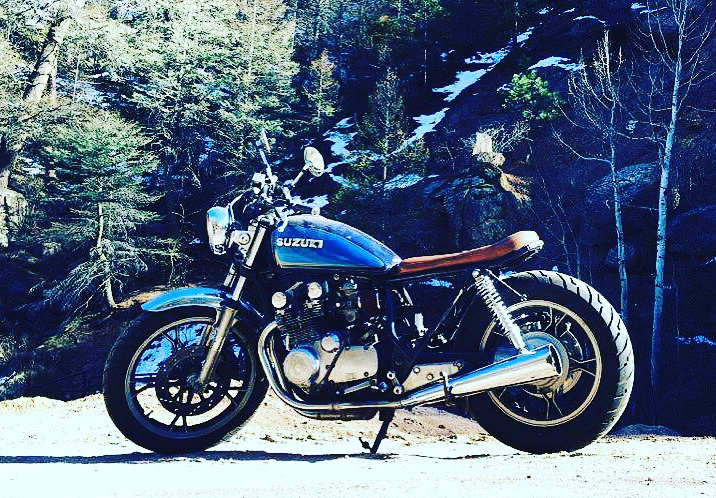
There’s no point in making your motorcycle or scooter faster or better looking if it’s barely safe to ride.
There’s no point in trying to make it faster if it needs brakes, bearings, or suspension components.
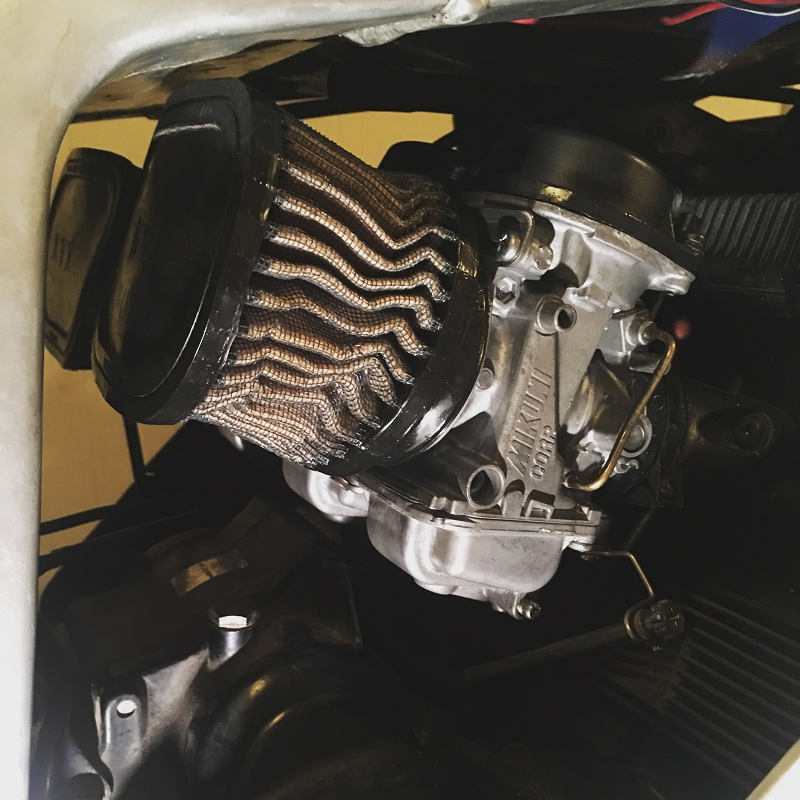
Occasionally I recommend installing a big bore kit on a scooter when the stock piston, cylinder, or rings wear out. But the scooter must be in good shape otherwise for the big bore kit to prove worthwhile.
Consider the following
Many new enthusiasts decide to “build” a bike out of some other bike. Maybe a cafe racer out of an old Honda. Or a bobber from an old Suzuki. Street trackers. Brat bikes. Choppers. GY6 Ruckuses. Stretched drag bikes. Desert sleds. Rat bikes. And the list grows by the minute.
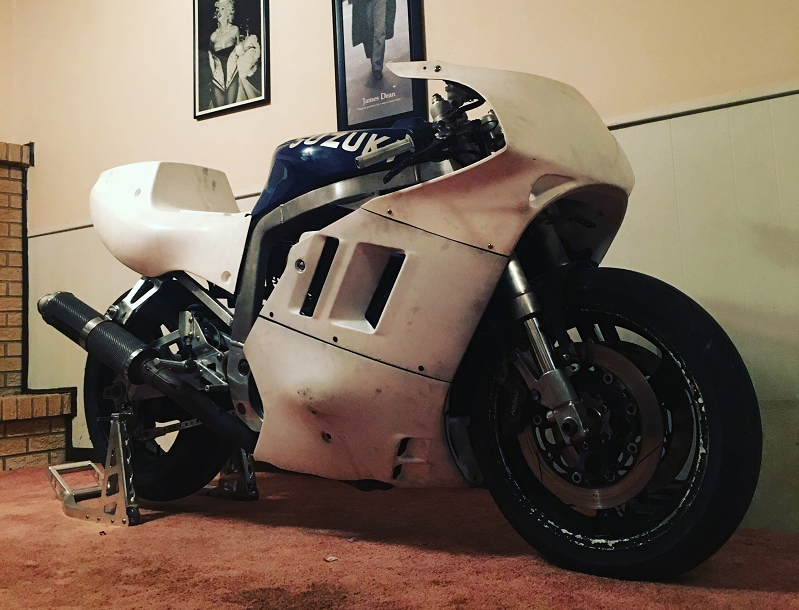
One of the biggest mistakes these new enthusiasts make is to tear the bike down as soon as possible, thinking they’ll build it back up at some point using new parts. This almost never happens. I’ve bought plenty of bikes “in bits” for pennies on the dollar. I’ve also sold a few, too.
If you’ve never worked on a bike before, one of the worst things you can do is tear down a bike that doesn’t already run well, thinking to rebuild everything. Chances are not everything must be rebuilt.
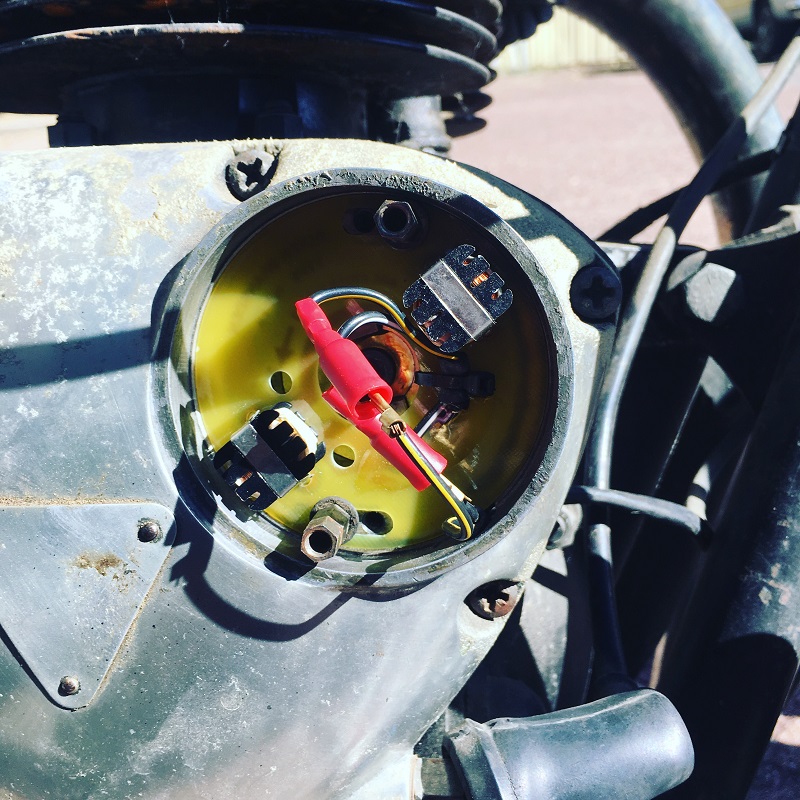
With a little work and know-how, you can get the stock bike you bought running and going down the road in its stock configuration. Then you can start modifying that, riding it as you go. Once you’ve done this a few times, you’ll have a better idea of how to break them down and build them back up without giving up on a stalled project before it bankrupts you.
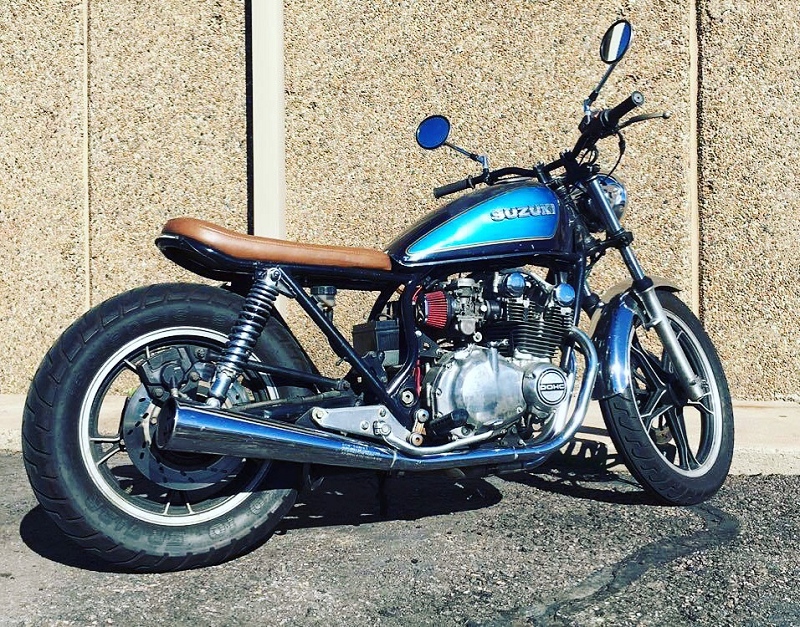
Examples of common bike mods:
- Increasing the size of the engine using a larger piston and cylinder (i.e. a “big bore kit”).
- Aftermarket controls, like handlebars, mirrors, and switches.
- LED lamps for the tail light and turn signals.
- Aftermarket exhausts.
- Frame mods, like the dreaded “bobber” or “cafe” style rear hoop.
- Aftermarket bodywork, wind screens, race fairings, etc.
- Aftermarket suspension goodies, like shocks, springs, and valves by Race Tech and others.
- Aftermarket luggage, panniers, bags, etc.
- Aftermarket electronic ignitions to replace points and condensers.
- Pod filters and Dynojet kits.
- Fabrication of entirely new components via prototype/machinist services.
If you can dream it up, I can most likely find or even have the parts made.
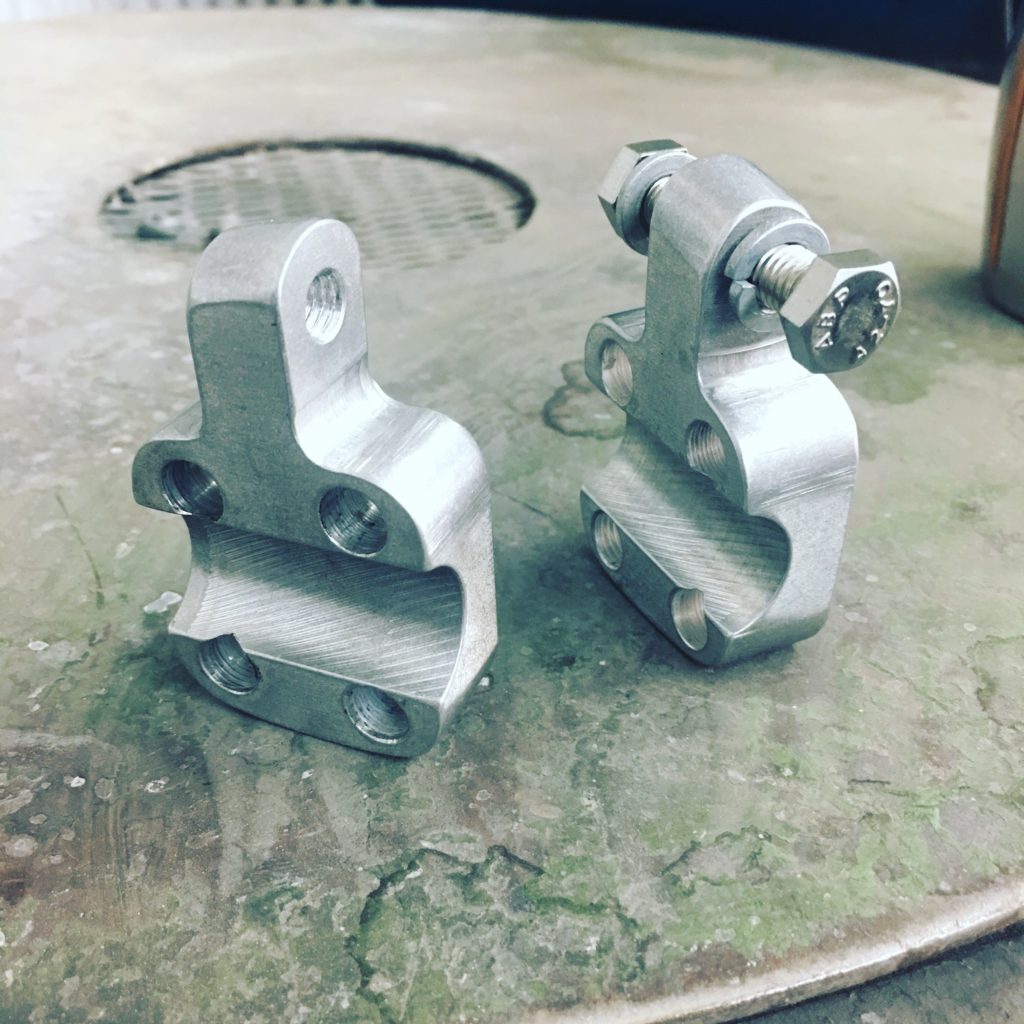
For more information on the services I offer, click one of these links: